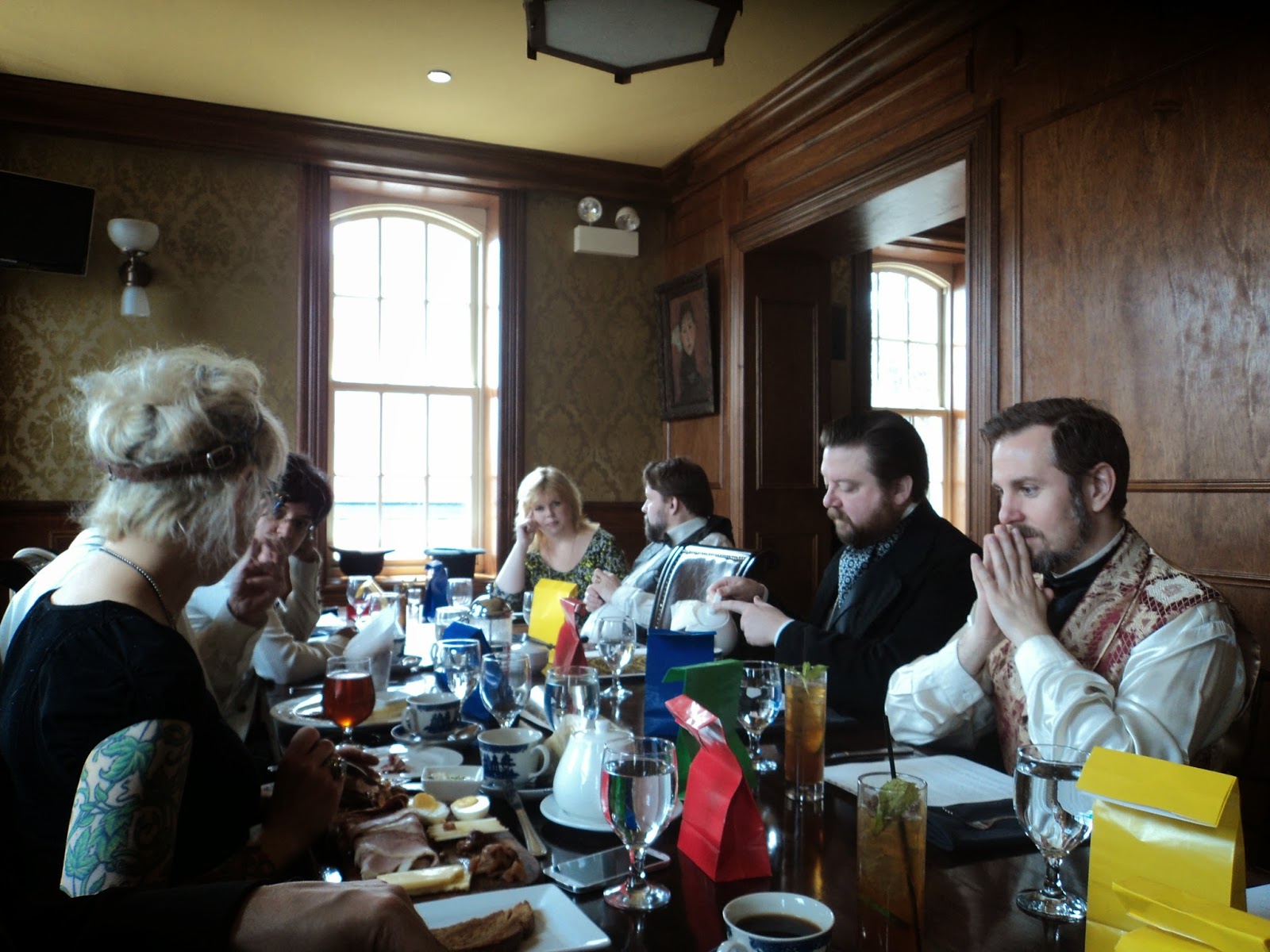As a 43 year old divorced woman with one child, I really would like to be in a relationship with a monogamous single man also in his forties who is gainfully employed, with his own health insurance, who has hobbies outside of his job and who actually gives a shit about the way he looks. What I can tell you is…there are very few men out there that meet that criteria. Just to be clear let’s highlight that criteria with a numeric list:
- Single and monogamous
- Between the ages of 40 and 50
- Employed with health insurance
- Individual hobbies
- Gives a shit about the way he looks
It’s incredible to me that I have to defend my position on wanting to date someone who is not currently engaged in another intimate relationship with someone else. I don’t want to have sex with a married man; why is that considered bad form in the modern age? Polyamory may be more mainstream, but I am not polyamorous and there is not a thing anybody can say is going to change my mind on that issue. I am monogamous. I require the same from a potential romantic partner.
There was a time that I opened my dating pool to roughly five years before or after my current age. However the reality is a decade makes a difference. In our twenties we are busy finding ourselves. In our thirties we are busy planning our careers, our families and shaping our lives. In our forties we are planning our children’s lives with college funds and thinking about our retirement. In our fifties retirement is a primary focus. I have discovered I have more in common with a 48 year old than a 38 year old generally speaking. I won’t quibble over a few years for the right person but I’m not interested in someone 10 years my junior. They haven’t been where I have been and it limits our shared experience. I lack the experience of my 10 year senior. We are not in the same place and once again lacking that shared experience.
I am amazed that I have been accused of being elitist to insist upon dating someone who is gainfully employed with their own health insurance. Listen, the reality is that I am a single mother. I carefully direct every penny I earn because I need it to cover my child’s educational needs and I must have childcare. Sometimes I sacrifice my own medical needs to pay for my child’s because money can be that tight at times. All things considered, I do remarkably well. I take my child on fun vacations and we manage better than some. However, I cannot be responsible for an adult who should be able to take care of their own finances, my child must and will come first. Honestly do I need to defend wanting to date someone who has a job? I am no longer quite that desperate.
I will never again date someone who has no outside interests. Being someone’s entire world is just downright creepy.
Before I articulate more on item 5 let me just say that the majority of men who have expressed interest in me have not been able to meet items 1 through 4. It is a sad reality and I am almost beyond hope. I have been instructed to look in the “Friend Zone” for more quality suitors but that is a tricky situation.
Attractiveness is very subjective. I often have a hard time describing what I feel is attractive. I do think that Brad Pitt is attractive. I also think Patrick Stewart is attractive. I do not expect to date their look-alikes however. It is a sad truth that most men over 40 seem to stop caring about the way they look. They must be able to see the ear and nose hair protruding from those orifices, yet they don’t bother to trim it. Their stubble that they are too lazy to shave looks and feels like trashy sandpaper. They wear stained polo shirts, dumpy jeans and baseball caps and then have the audacity to complain about the “mom jeans” women over forty wear because we really don’t want our underwear to show when we are bending down to pick up our child on the playground.
I gave birth to a 10 pound child, therefore I have stretch marks. I have flaws both inside and out and what I consider attractive has less to do with physical projection and more about inner confidence. What is attractive is giving a shit. It’s about knowing your flaws and working with them. Confidence is sexy. However, sometimes you just aren’t attracted to some people. You may love them as a person, but you can’t get your body to respond in a more romantic way. It happens. I have tried to date in the “Friend Zone,” and it ended poorly every time. The “Friend Zone” I think is just rude anyway. It implies that I’m not allowed to have male friends; which is more ridiculous to me than my current dating prospects.
What is most incredible to me is that my single status seems to make everyone around me uncomfortable. After hearing so often that I needed a boyfriend I started to panic and think that maybe I did. What I have learned from my dismal dating encounters is that if I have to have a boyfriend that isn’t monogamous, isn’t within a reasonable age range, has no interests to talk about and is an unattractive jobless schlep, well then I’d rather be alone.


































